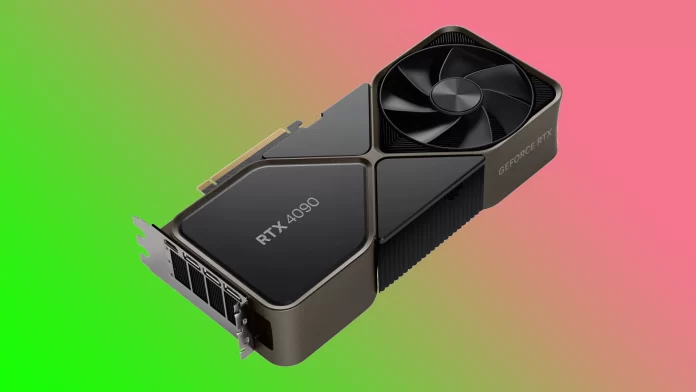Nvidia recently released its latest graphics card, the GeForce RTX 4090. The product impresses with its performance, but not all users are happy with their purchase. More and more reports are online about the 16-pin power connectors on the card melting, causing the card to fail. Although more than two weeks have passed since the problem occurred, Nvidia and its partners are silent without giving any reasons for the malfunction.
Therefore, technical experts are trying to find the cause to prevent the card from crashing. While specific conclusions have yet to be made, some experts suggest that a faulty power connector could be the cause. Jonny Guru, a respected power supply expert from Corsair, also received a request for help and decided to investigate the problem and came up with his theory.
Jonny Guru bases his opinion on a test he conducted with his own hands to replicate conditions that would cause the cables to overheat and melt. Despite attempts to bend the wires, which would have damaged them, he didn’t achieve the expected effect, as the temperature, even under heavy load, did not exceed 53 degrees.
He also decided to damage the connectors themselves, particularly the integrity of the solder joints, but that experiment ended with similar results. He then looked more closely at photos of melted wires published online and concluded that the problem could be caused by users not pushing the connector all the way in.
In theory, blaming gamers would make sense if it weren’t because, based on his experience, he found that inserting the 16-pin power plug is very difficult, so that users may have problems with it. Thus, it seems that the problem is not caused by card owners’ negligence but by a defect in the design of the plug and socket.
Therefore, for those who plan to buy a new card, Jonny Guru advises buying dielectric grease to insulate the surface, protect it from short circuits that could melt the wires, and make it easier to insert the plug into the socket.
It remains to be seen how Nvidia will solve this problem and what the actual source of the problem is. However, it’s worth noting that while Jonny Guru came to a different conclusion, he also pointed to faulty plug design as the cause. Except he wasn’t referring to internal problems, but to external ones that make it difficult to insert into the socket.






